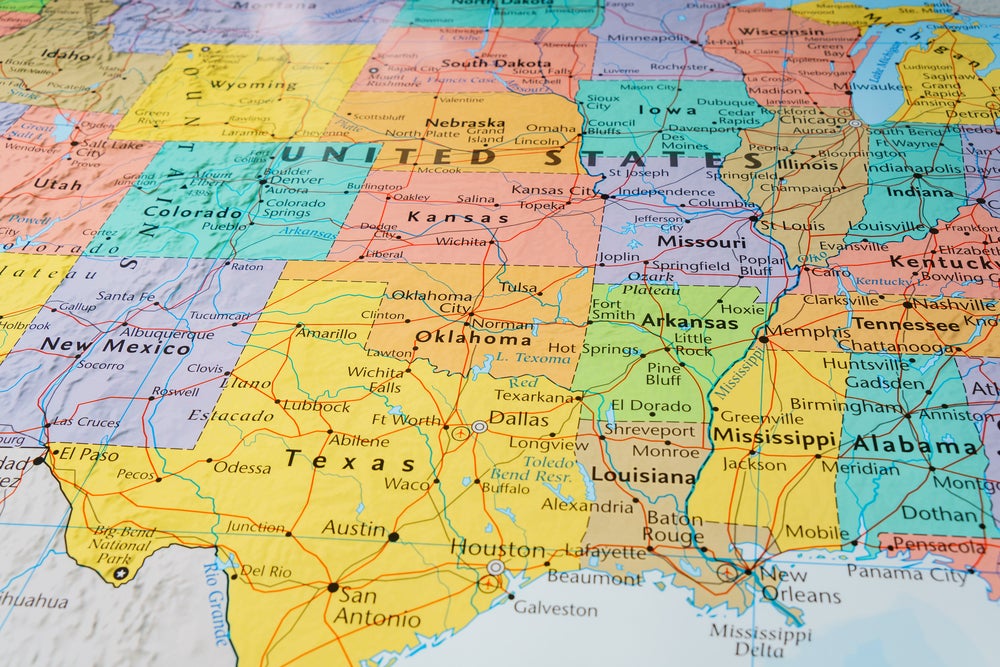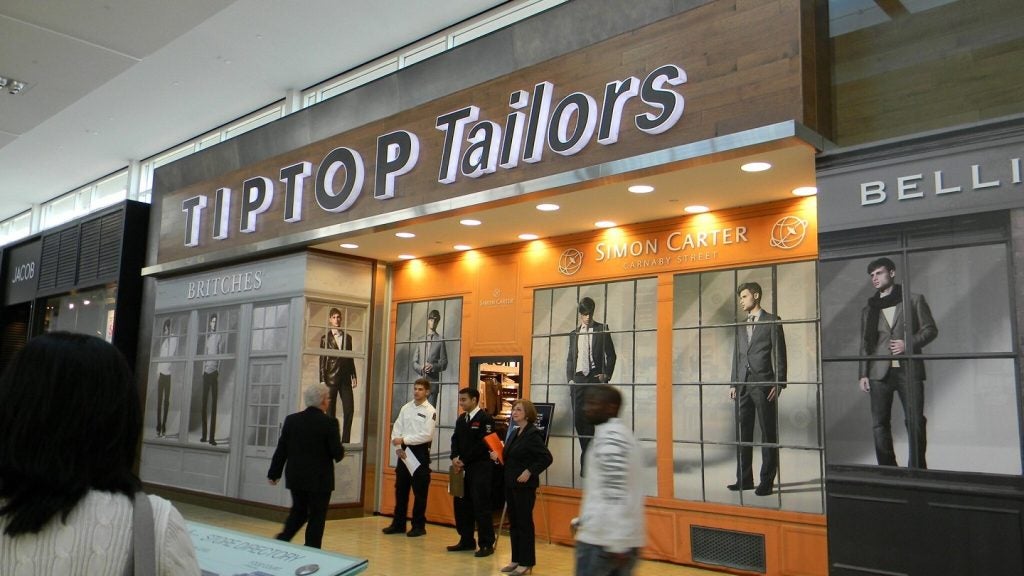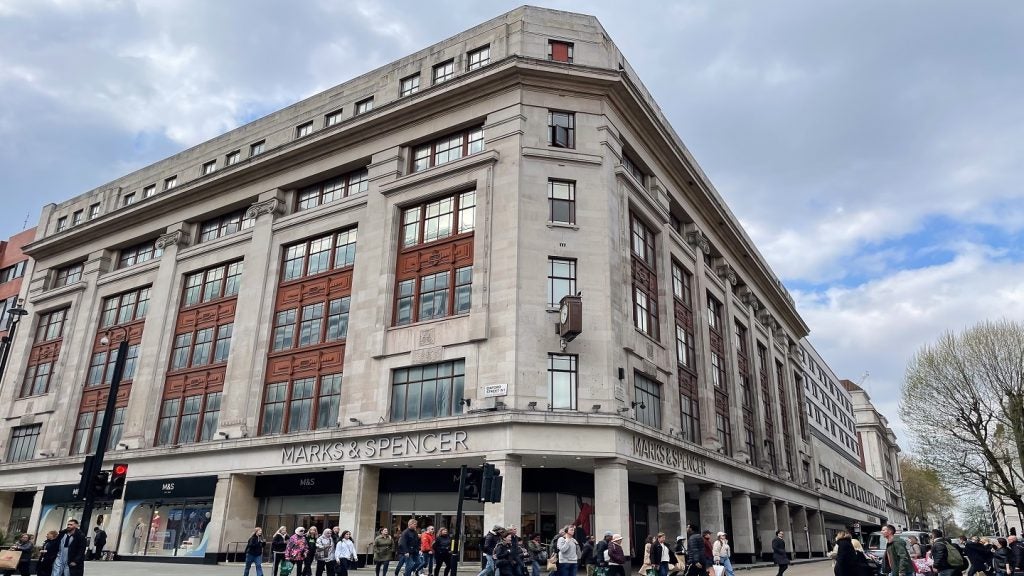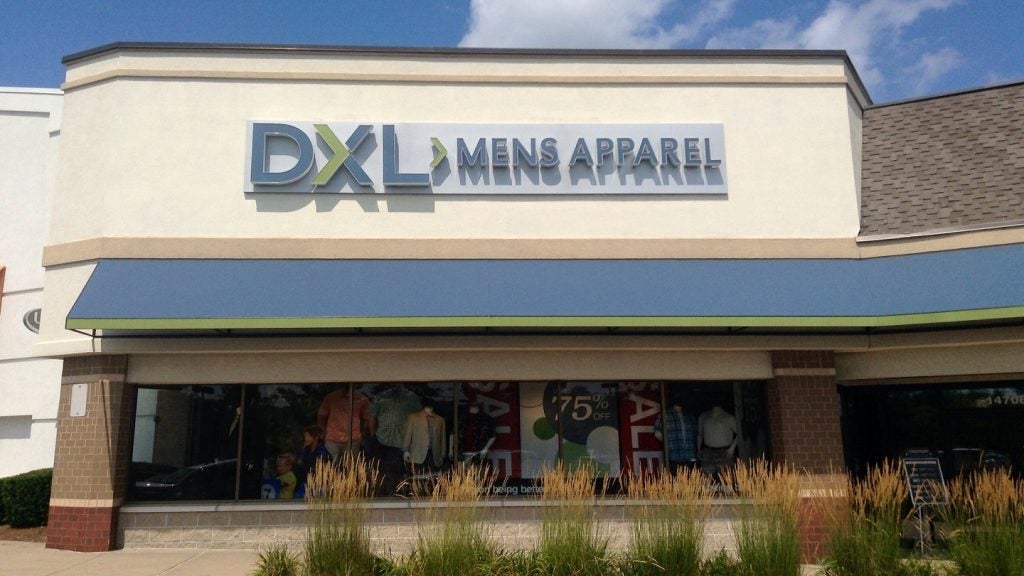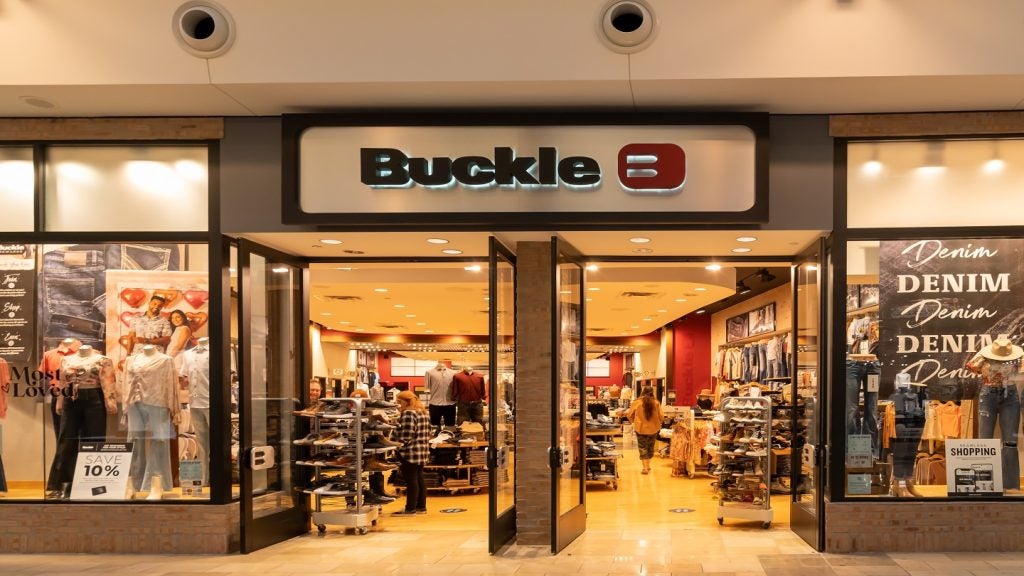As the busiest period of the annual retail calendar approaches with Cyber Monday and Black Friday, retail crime threatens to dampen retailers’ margins.
The National Retail Federation reported that more US retailers felt organised retail crime was a higher priority in 2023 (78.1%) compared to 2022 (70.7%).
Shoplifting statistics show that 88% of retailers say that shoplifters are at least somewhat more aggressive and violent compared to one year ago.
Major retailers such as Target have gone so far as to close multiple stores, citing threats to team safety and unsustainable business performance as key consequences.
Forbes Advisor has analysed theft statistics across the US to uncover which states are most and least affected by this rise in retail crime.
The US states hit hardest by retail crime
The nation’s capital Washington ranks as the state with the most instances of larceny-theft in 2022, averaging 2,829 instances per 100,000 residents.
The state with the highest average total value of stolen goods per capita is Pennsylvania, where the total value of stolen goods is $430 per capita.
Other states in this category include Maine, Hawaii, New Hampshire and Minnesota.
The US states least impacted by retail crime
Three of the five states that are the least impacted are located in the South, namely Mississippi, Georgia and Alabama.
Wyoming comes out on top as the state that experiences the fewest cases of retail crime, averaging only $2 lost per resident.
Steps are being taken across the US to combat this rise. California recently signed a new organised retail crime agreement with the US state’s Justice Department to enhance the intent and purpose of existing legislation and improve collaboration on information sharing and investigation.
But with each state having its own criminal code with significant variations, retailers are shouldering the burden of investing in physical and cybersecurity measures.


